Lobivia SSP own root cactus
₹799.00
Out of stock
Email when stock available
Lobivia SSP Lobivia arachnacantha (Echinopsis ancistrophora subs. arachnacantha) is an example of one of the smaller clustering species that were once in the genus lobivia, this free-flowering plant clusters freely and will form large clumps in time. The relatively large flowers are easily produced and can be yellow to orange (occasionally white, violet or shades of red).
Stem: Flattened to spherical, dark green with ribs weakly notched. Each head is 2-4 cm thick.
Ribs: c. 14.
Radial spines: 9-15 resembling spiders’ legs, c. 5 mm long, pale to dark brown, or yellowish-brown at first, later whitish, bristly, curved and short.
Central spine: Often missing, if present 1.5 mm long, black, upcurved.
Flowers: Very showy, about 5 cm cm wide with a slender floral tube up to 5cm (or more) long, commonly golden yellow to orange often bigger than the plant itself. But red, violet or white coloured flowers are also reported.
Blooming season: Blooms open during the day from spring through summer.
Fruits: Reddish green.
Lobivia SSP Cultivation and Propagation: It is a good beginner cactus and very easy to grow and flower. It is quite resistant and occasionally gets covered by bright showy yellow blossoms also neglected in a dry windowsill. Requires good drainage and very porous potting mix. Watering Needs Need regular water in spring to fall but do not water again until dry. Also, it is a species that is dormant in the winter and require very little water (maybe even none) during the cold months.
Frost Tolerance: Light frost protection required. Minimum of 5ºC for safe growing (but hardy up to -5°C or less) but some clones are hardy to lower temperatures. Requires to be kept below 7°C in winter to flower well in the spring.
Sun Exposure: Requires bright light (protect from strong midday sun). In shade the body colour will remain mostly green, while full sun will darken it and give it red/brown body colour. Can be sunburned if moved from shade/greenhouse into full sun too quickly. The amount of sunlight it can withstand without scorching depends upon the how hot it becomes in the summer in the locale in which it is planted. It will have more colour if it receives more light. During the spring it may be able to take full sun until the heat arrives at the end of spring. In an area that has hot afternoon sun, it may be able to take full morning sun, but requires afternoon shade or afternoon light shade.
Propagation: Seeds or offsets that appear at the base; leave them attached to form a cluster, or wait until they are 1/3 the size of the parent and then detach and plant.
Be the first to review “Lobivia SSP own root cactus” Cancel reply
You must be logged in to post a review.




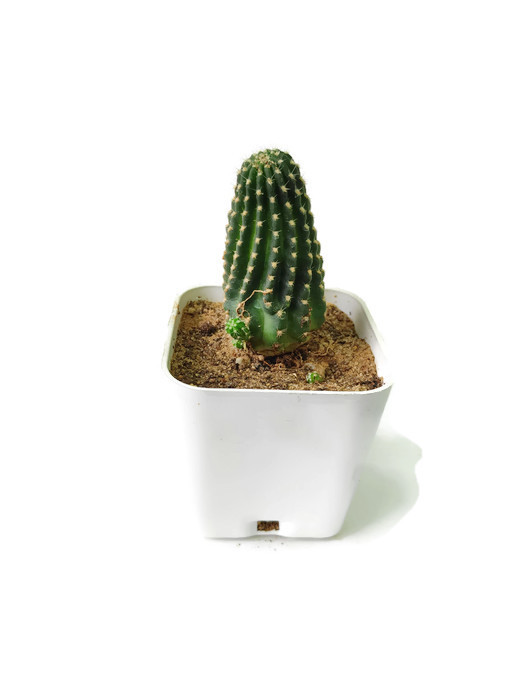
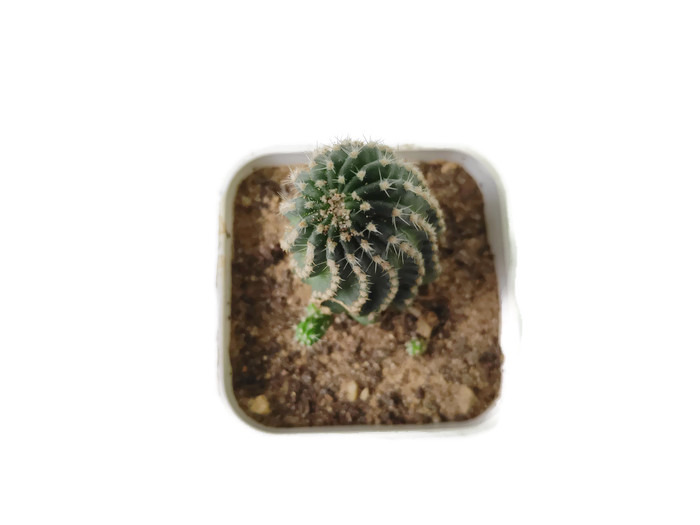

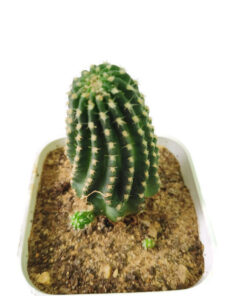



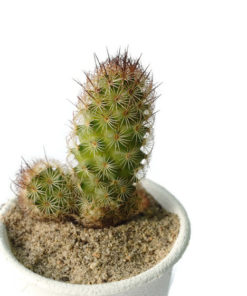

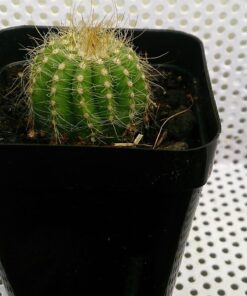

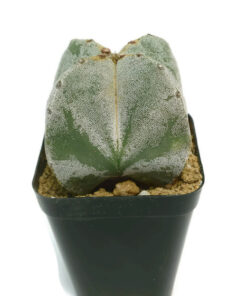

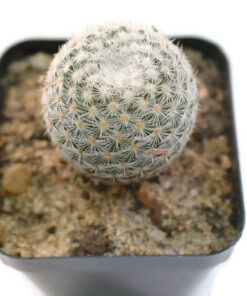

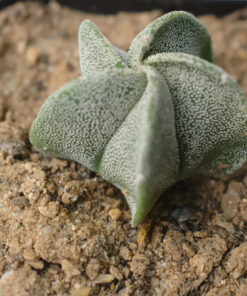

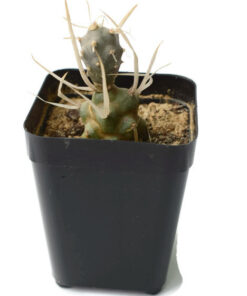

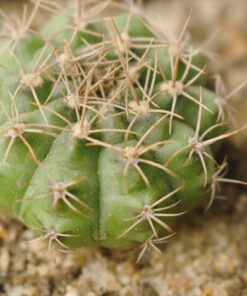

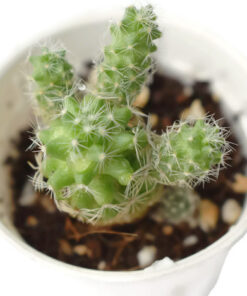

Reviews
There are no reviews yet.